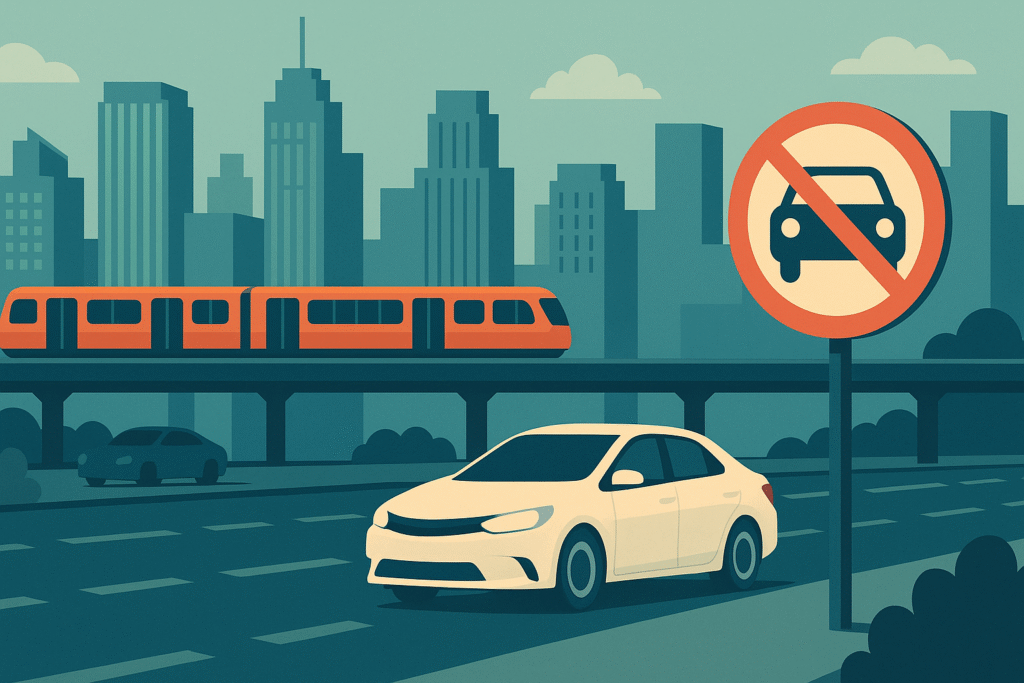New York City officials have announced a significant reduction in vehicle traffic entering Manhattan following the launch of the city’s congestion pricing program earlier this year. Since the policy was introduced in January 2025, the number of cars entering Manhattan has dropped by 17.6 million — roughly a 12% decrease compared to the same period in previous years.
According to the Metropolitan Transportation Authority (MTA), the initiative is already delivering measurable benefits. Travel times on major routes have improved, while traffic accidents and related injuries have declined.
“This marks a turning point for New York City,” an MTA spokesperson said. “The policy has not only reduced vehicle volume but also made streets safer and improved mobility for bus riders, cyclists, and pedestrians.”
The congestion pricing plan applies to drivers entering Manhattan below 60th Street during peak hours. Depending on the type of vehicle and time of day, fees range from $9 to $23. Revenue from the program is earmarked for investments in the city’s public transit system, including subway and bus upgrades.
Supporters argue the system discourages unnecessary car trips, eases gridlock, and provides a sustainable source of funding for transportation infrastructure. Critics, however, remain concerned about the financial impact on commuters from the outer boroughs and nearby states, with advocacy groups pushing for broader exemptions and subsidies to support lower-income drivers.
Despite ongoing debate, analysts suggest the early results indicate the policy is meeting its primary objectives: reducing congestion, improving safety, and contributing to cleaner air. If the trend continues, New York City could serve as a model for other U.S. metropolitan areas considering similar measures to address traffic and pollution challenges.
City leaders have pledged to closely monitor the program and adjust regulations if necessary. For now, congestion pricing is already reshaping how New Yorkers and visitors move through one of the busiest urban centers in the world.



